5 role players making star-level impacts this season
The NBA may be a star-driven enterprise, but stars make up a small sliver of the league's player pool. The vast majority of the workforce is comprised of players who have to figure out how to contribute within more narrowly defined roles. Of course, role players can still have outsized impacts on their teams, and stars can't be stars without them.
With that, here are five complementary players who have been superstars in their roles for some of the best teams in the league so far this season.
Payton Pritchard, Celtics
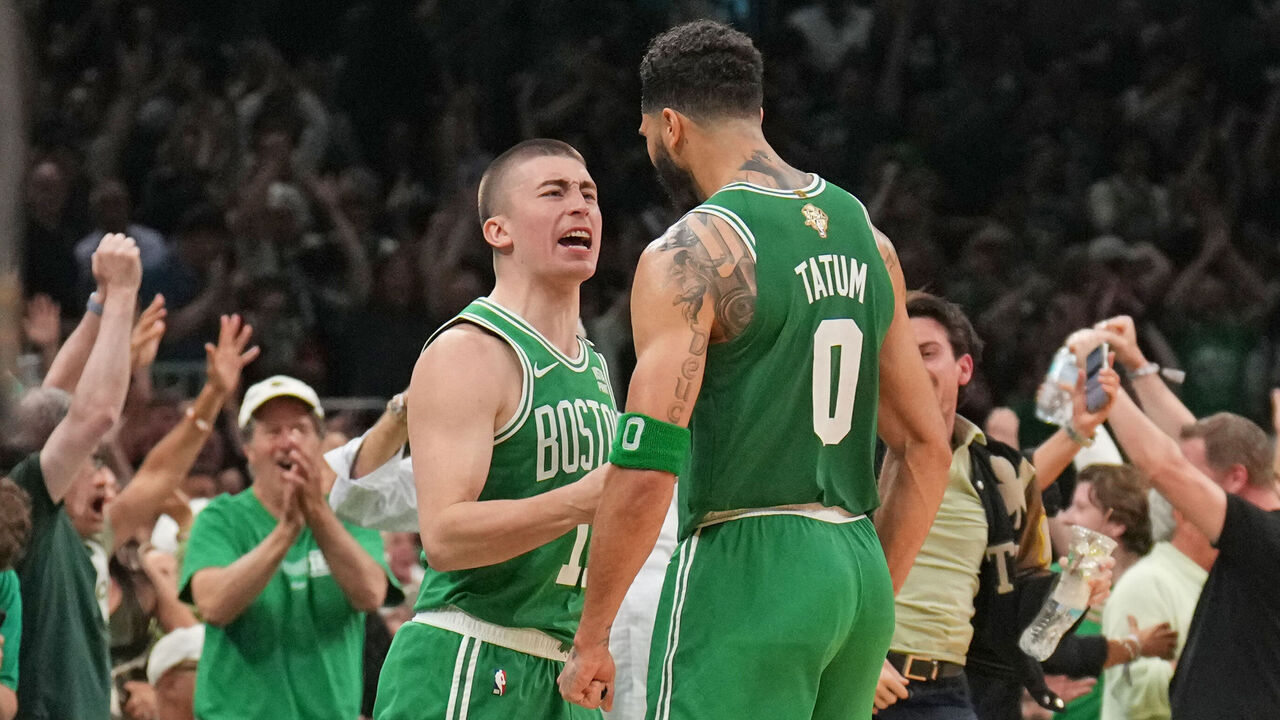
You'll often hear coaches talk about the importance of role players being shot-ready. A team's stars are going to create the bulk of the shots, and it's imperative that the players around those stars be prepared to capitalize whenever the ball finds them. You'd be hard-pressed to find a more shot-ready player than Pritchard, who, on top of being the most willing and accurate end-of-quarter grenadier of his time, has grown into a multi-pronged offensive weapon.
The most important prong is obviously his shooting; Pritchard's currently averaging 11.1 3-point attempts per 36 minutes and draining 42.3% of them (including 46% during the competitive portion of games). He's always taken the majority of his threes from above the break, but that split is more dramatic than ever this season, with only 18% of his triples coming from the corners. He's a master of subtle relocation, whether he's lifting up from the corner to the wing to create a cleaner kickout angle, or from the wing to the top to make a weak-side zone defender have to cover more ground.
He's also extended his range to the point that the Celtics can now have him credibly spot up several feet beyond the arc, creating even more space for their half-court offense. They'll station him one pass away from the central action, all the way out at the hash mark, and let him bomb away from 28 feet.
The upshot is Pritchard ranks third in the league in average shot distance, and the two guys in front of him (A.J. Green and Sam Merrill) have attempted just 10 2-pointers between them. Pritchard's taken more than triple that amount, and while he doesn't do a ton of damage inside the arc, he's far more than just a specialist. He uses the threat of his 3-ball and his burst off the dribble to slice into the belly of the defense for sprayouts and interior finishes. He's shooting 70% in the paint.
Despite standing just 6-foot-1, he's also a stout screener (which is imperative in Boston's offensive system) and a scrappy defender who can guard up a position or four when necessary (which is essential in Boston's defensive system). He's a common target for mismatch hunters, and the team's defense does suffer when he checks in - mainly because the guy he typically replaces is Jrue freaking Holiday. But that's made up for by the fact the Celtics score over 127 points per 100 possessions with him on the floor.
Tari Eason, Rockets
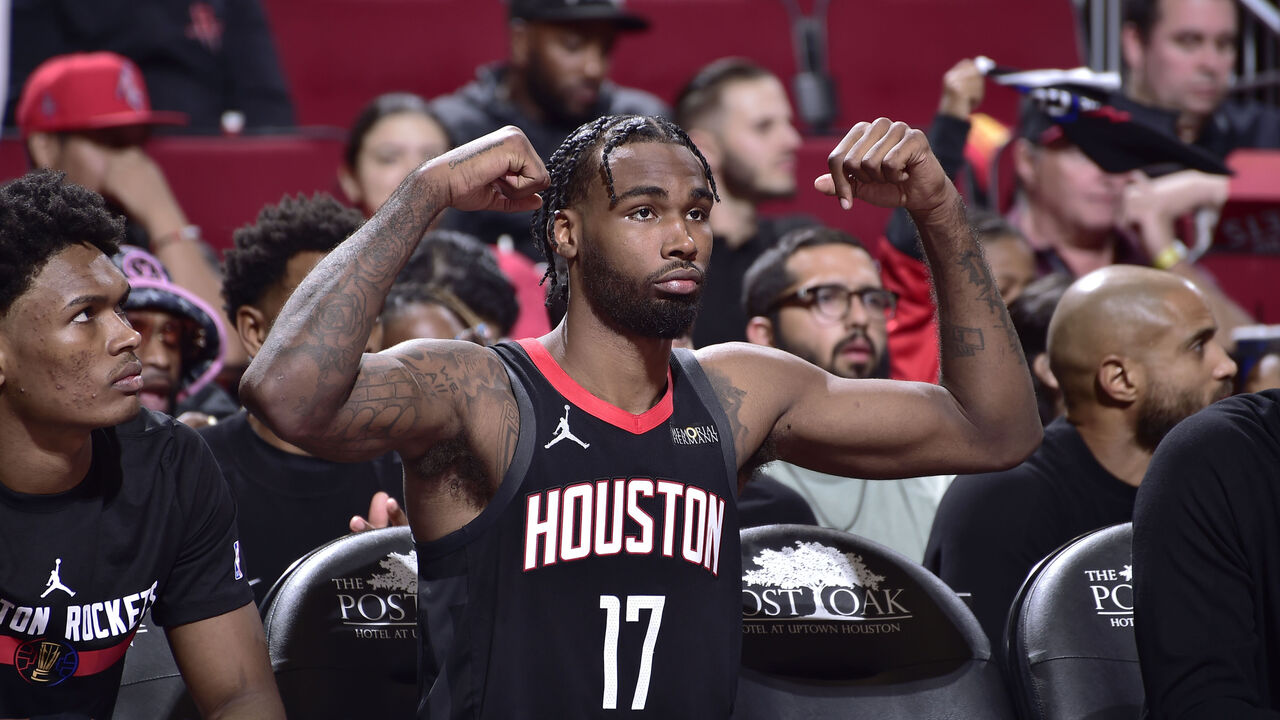
Eason's brand is chaos. In everything he does on the basketball court, he's a disruptor of the highest order. He careens from one place to the next in search of actions to blow up, loose dribbles to pilfer, offensive rebounds to corrall, pockets of space to flash into, buckets to scrounge. But it's also an ordered kind of chaos; there's a method to his madness.
Eason is a heady team defender who makes timely weak-side rotations and switches comfortably across four positions in Houston's switchy scheme. He provides valuable secondary rim protection for a team that has the league's second-best defensive field-goal percentage inside the restricted area despite playing a pair of so-so rim-protectors at center. He'll break scheme and freelance when the opportunity strikes, but he manages to do so in a way that doesn't compromise the defense's integrity.
That's partly because he has the instincts and length (7-foot-2 wingspan) to recover when he gambles himself out of position. More than that, it's because he has an extremely high hit rate on those gambles. He just has an innate sense of when to pounce and the reflexes and hand strength to make pouncing pay off.
His 3.3 stocks per game rank fifth in the league, despite the fact that he's averaging just 23 minutes off the bench. He's simply been one of the best per-minute defenders in the NBA this season.
While he butters his bread at the defensive end, don't sleep on Eason's offensive contributions. He's averaging 18.2 points per 36, shooting 60% from 2-point range and a respectable 37% on a low volume of threes, just enough to keep defenses honest. He's one of the foremost second-chance generators on the second-best offensive rebounding team in basketball. And after struggling to convert at the rim in his first two seasons, he's shooting 73% inside the restricted area so far this year, while breaking out some tough, acrobatic finishes in traffic.
He isn't someone you want initiating from a standstill (yet), but he's comfortable driving closeouts, passing on the move, and keeping the gears of the offense moving. And that's on top of the fact that his defense is itself an offensive accelerant; aided by his penchant for live-ball turnover creation, Eason ranks third in the league in transition frequency. The Rockets run more often and score way more efficiently in transition with him on the floor.
Ty Jerome, Cavaliers
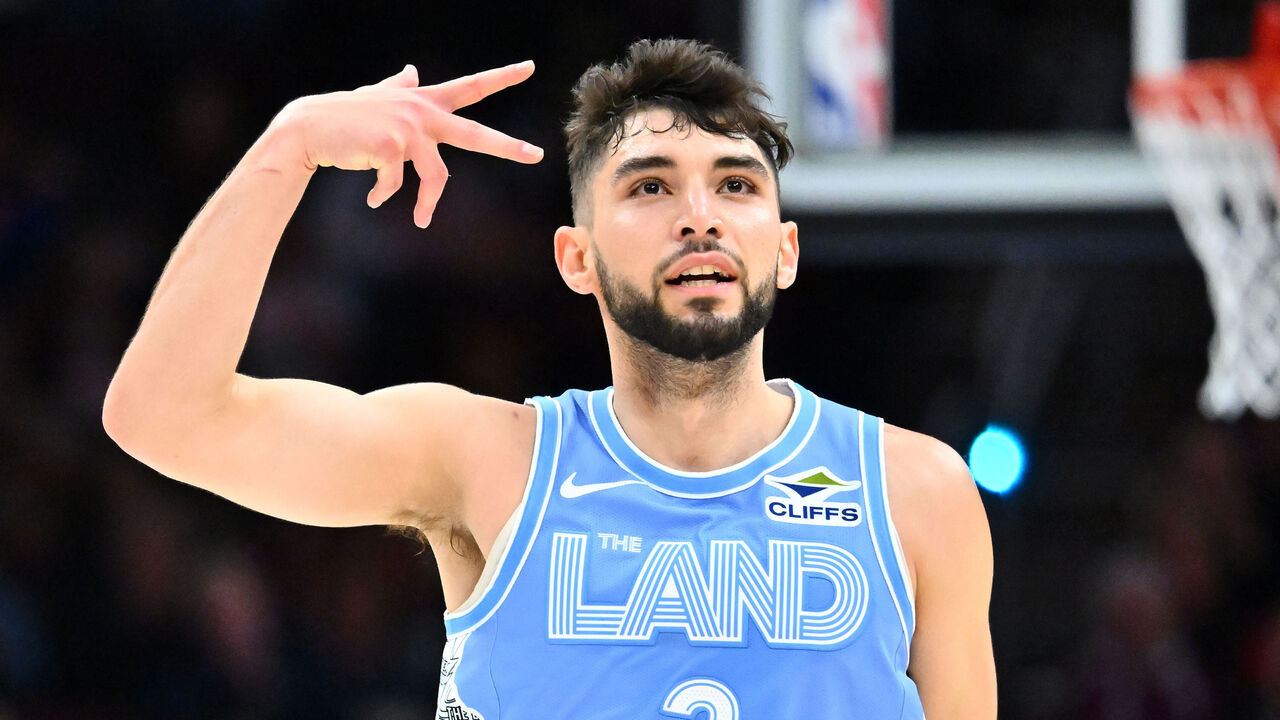
It feels a tad wrong to call Jerome a role player, because when he's in the game, he's central to what the Cavs do. He's played 81% of his minutes with one or both of Donovan Mitchell and Darius Garland alongside him, but on a per-minute basis he handles the ball nearly as frequently as those star guards do.
He's averaging 22.9 points, 7.1 assists, and 2.2 steals per 36, on - wait for it - 59/55/86 shooting splits. His 72.6% true-shooting mark is top in the league among qualified players with usage rates of at least 15%. And he's been the most efficient pick-and-roll ball-handler in the game, averaging 1.34 points per possession, per NBA Advanced Stats. After four seasons toiling away as either a deep reserve or a rotation regular on tanking teams, he's playing like the best backup point guard in the NBA for a team with the league's best record.
He's doing this without the benefit of elite burst, or vertical pop, or a lightning-quick release, but with an abundance of craft and a ridiculously effective floater. His shooting is obviously going to cool off, but Jerome also has a monster 34% rim rate, up from his previous career high of 20%. That, along with his sterling 3.3-to-1 assist-to-turnover ratio, illustrates a sustainable level of decision-making and sound process. He's an excellent passer, with a keen sense of pacing when it comes to hitting Evan Mobley or Jarrett Allen in the pocket. He also demonstrates a level of risk tolerance that belies his low turnover rate, zipping high-velocity skips, no-looks, and interior passes to cutters through tight windows.
What limitations he has as a defender - he lacks heft, has a negative wingspan, and is prone to occasional coverage gaffes - he makes up for with great anticipation and quick hands. That makes him an on-ball weapon, capable of applying full-court pressure and, in some cases, straight up taking opponents' cookies at midcourt. He leads the team in steal and deflection rate, and he's one of the biggest reasons the Cavs have jumped from 13th to seventh in turnover generation.
Buddy Hield, Warriors
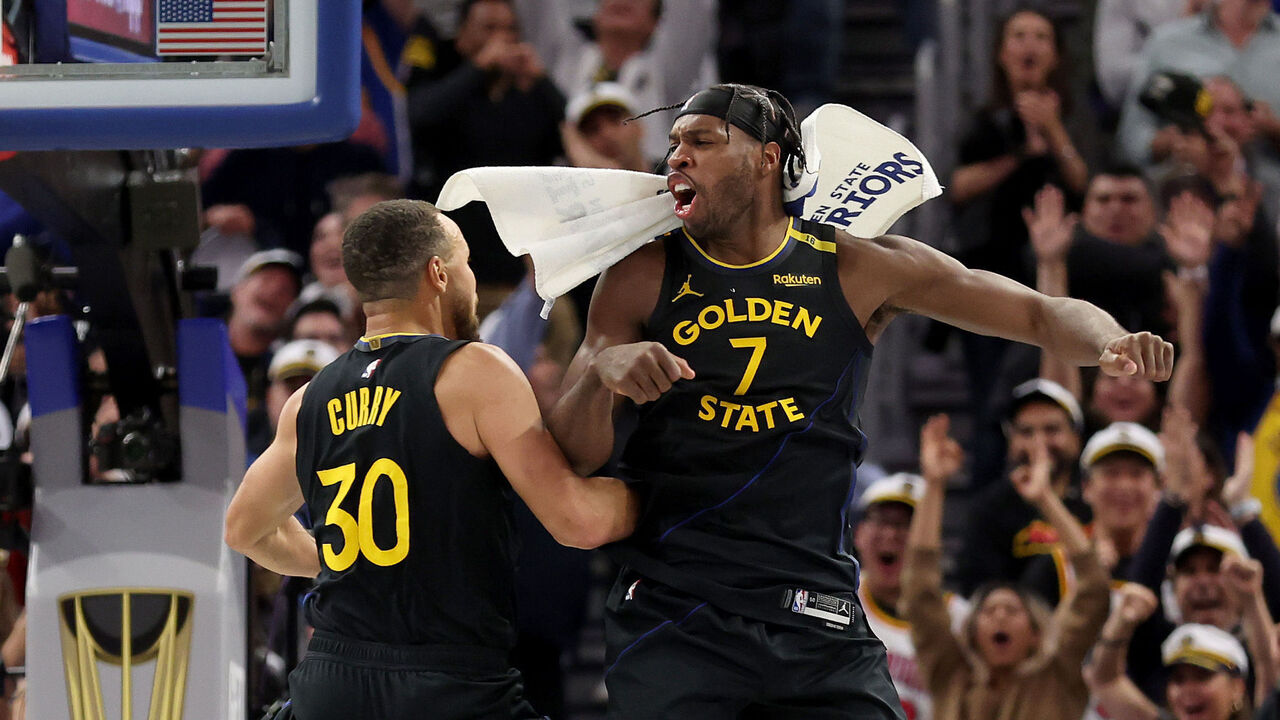
In the wake of Klay Thompson's departure, the Warriors spent most of their offseason focusing on getting their slipping defense back up to something approaching their championship standard. They did so via free-agent additions and a schematic overhaul. They also added Hield (as part of the wildly convoluted six-team sign-and-trade deal that sent Thompson to Dallas), to replace Thompson's shooting without hindering the defensive mission too much.
With the 31-year-old coming off an underwhelming stint in Philadelphia, the signing wasn't met with a ton of fanfare. But a month into his Warriors tenure, he looks like he was born to be a Splash Brother; flying around while bombing quick-trigger threes off wide pindowns and exit screens and DHOs, running nasty split actions with Steph Curry, getting dimed up by Draymond Green when he cuts backdoor against top-locks, stopping and popping for transition triples.
It's not that Hield hadn't proven capable of those things in the past (his movement shooting and transition prowess were big parts of the Pacers' league-best offense before he got traded last year), but it's stunning how seamlessly he's meshing with Golden State's personnel and system.
He's averaging 24.2 points per 36, shooting 45% from deep on gargantuan volume (he leads all qualified players in made threes per 100 possessions), and converting a career-high 54% of his 2-pointers. He ranks ninth in the league in transition points per game, and his 1.5 points per transition possession put him in the 95th percentile for efficiency. The Warriors are outscoring opponents by 28.8 points per 100 possessions when he and Curry are on the floor together, compared to just 6.2 points per 100 when Curry plays without him, per PBP Stats.
Perhaps most surprisingly, Hield hasn't really taken anything off the table at the defensive end, where he's putting in maybe the most focused and diligent effort of his career within the Warriors' new ultra-aggressive scheme. He's a big reason why they're off to their best start since the 2021-22 title season.
Royce O'Neale, Suns
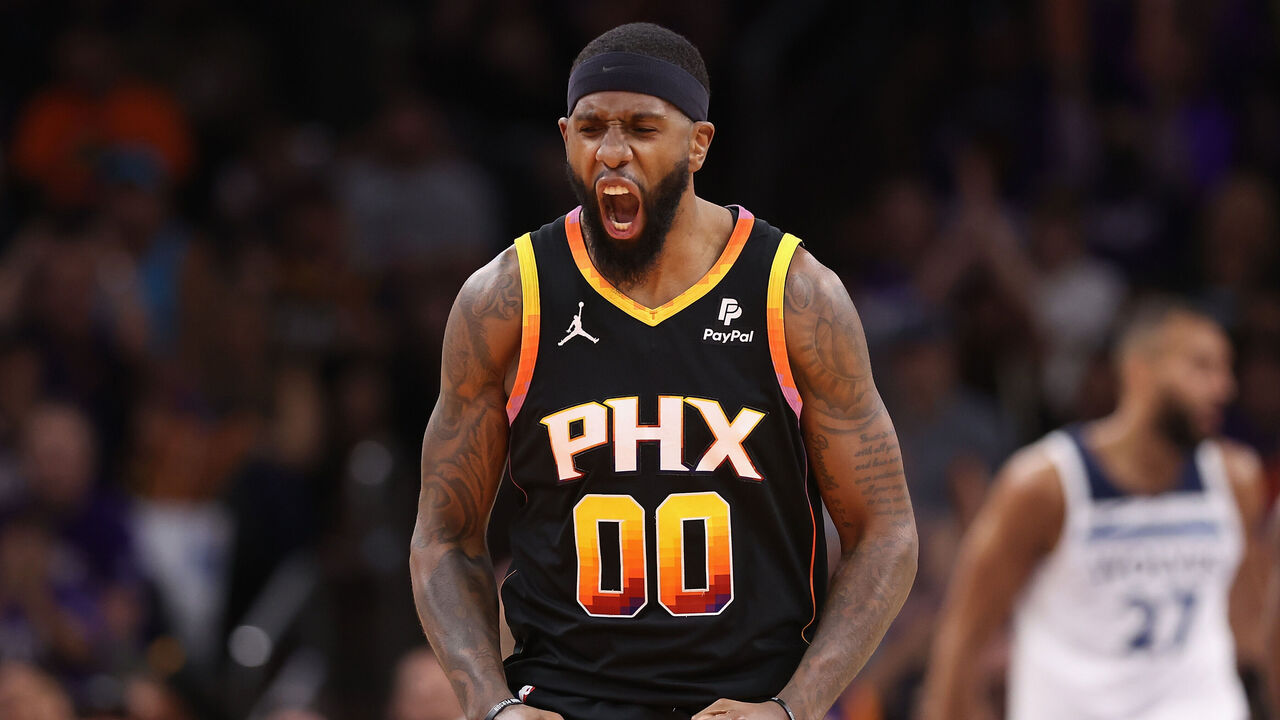
O'Neale's numbers don't pop the way those of other guys on this list do. He'll almost never stuff any section of the stat sheet, and he doesn't possess any one standout skill in a vacuum. That's why his impact has waned considerably with Kevin Durant and Bradley Beal out of the lineup in Phoenix. O'Neale's value lies in his ability to be the mortar that binds other stars together, and the fully healthy Suns rely heavily on that mortar. It was a big part of the reason they won eight of their first nine games before the injury bug bit them.
With Durant and Devin Booker on the floor without O'Neale, the Suns have been outscored by 10.3 points per 100 possessions. When O'Neale plays with them, they outscore opponents by 21.3 points per 100, according to PBP Stats. He's a glue guy in the truest sense of the term, because his understanding of space, savvy off-ball movement, spot-up shooting gravity, and connective passing chops can glue broken possessions together.
Watch him on this play, for example:
Like the ball movement from Phoenix Suns. pic.twitter.com/H8X4NU5y3b
— Steve Jones Jr. (@stevejones20) November 1, 2024
After the Suns' initial split action gets switched and goes nowhere, it's time to improvise. As they flow into a pick-and-roll for Durant, O'Neale relocates from the weak-side slot to the weak-side corner, then cuts all the way to the strong-side corner to give Mason Plumlee a passing outlet, then reverses the ball back to Durant, then runs up to set a ghost screen that discombobulates the defense, then starts a swing-swing sequence that ends with Ryan Dunn drilling a wide-open corner three. O'Neale doesn't get any boxscore for that outcome, but his instincts made it possible.
O'Neale is also the team's most reliable wing defender (Dunn has more raw ability but is still prone to rookie mistakes), and the Suns were improbably butting into the top 10 in defensive efficiency when they were healthy. They were also playing quite a bit of small-ball, and O'Neale's ability to credibly guard opposing centers, despite being listed at just 6-foot-5, is crucial to making those lineups work.
Joe Wolfond covers the NBA for theScore.
HEADLINES
- Butler on trade rumors: 'Sooner or later, the whole truth will come out'
- Why Butler won't get his way in standoff with Pat Riley, Heat
- Knicks' quietly improved defense makes them look like contenders
- Big board: Top 25 players who could be dealt at the NBA trade deadline
- Without Morant, Grizzlies hand Spurs their largest loss of season